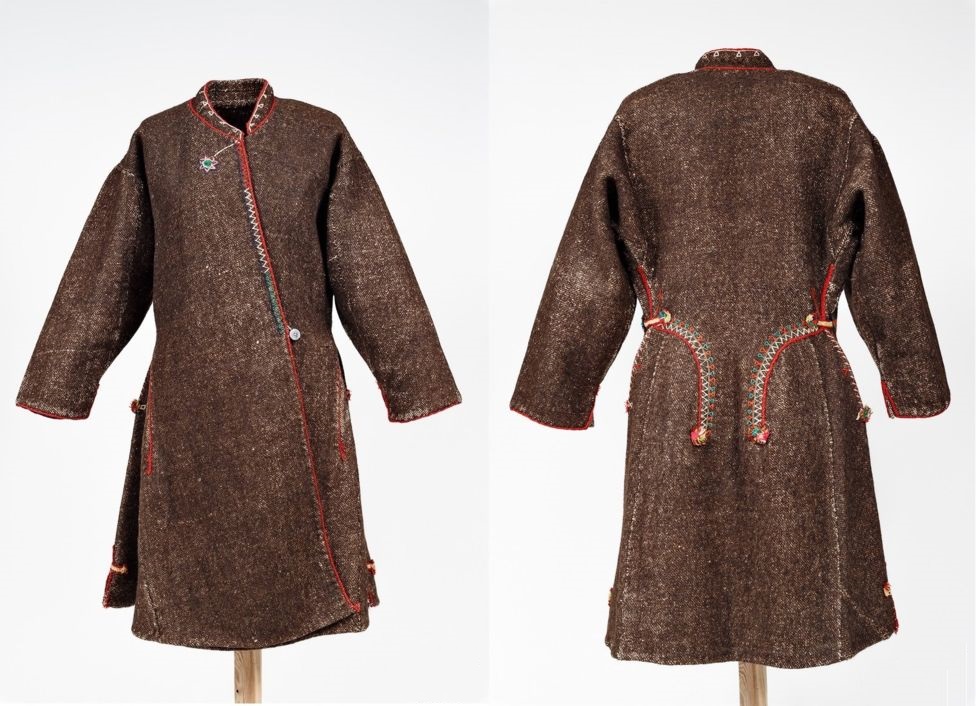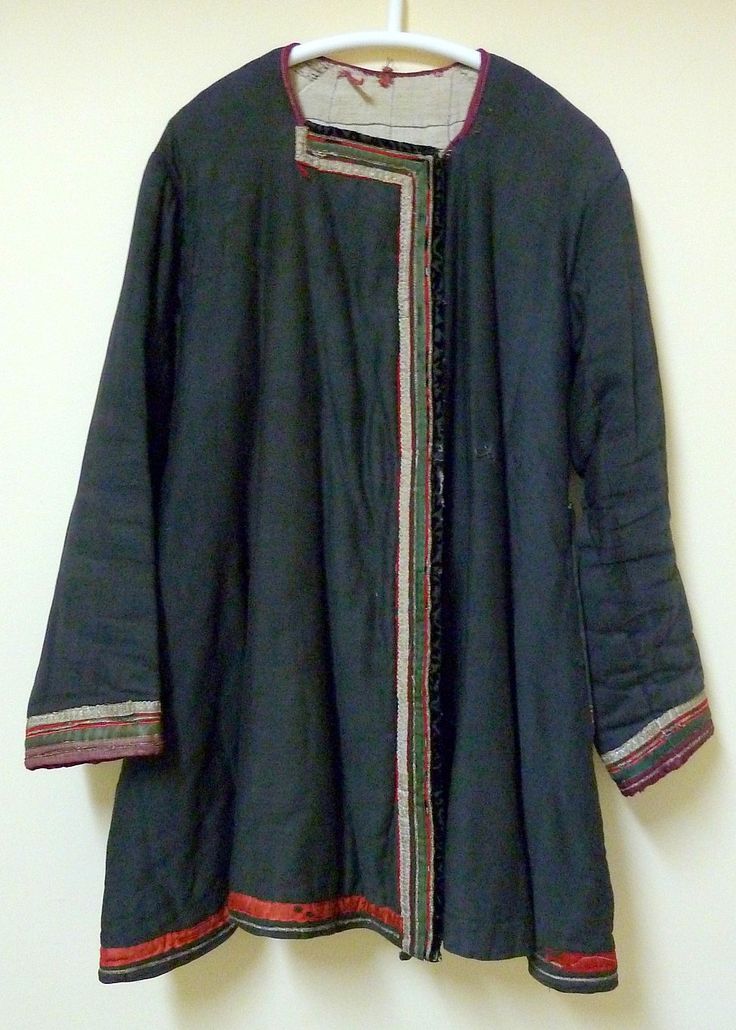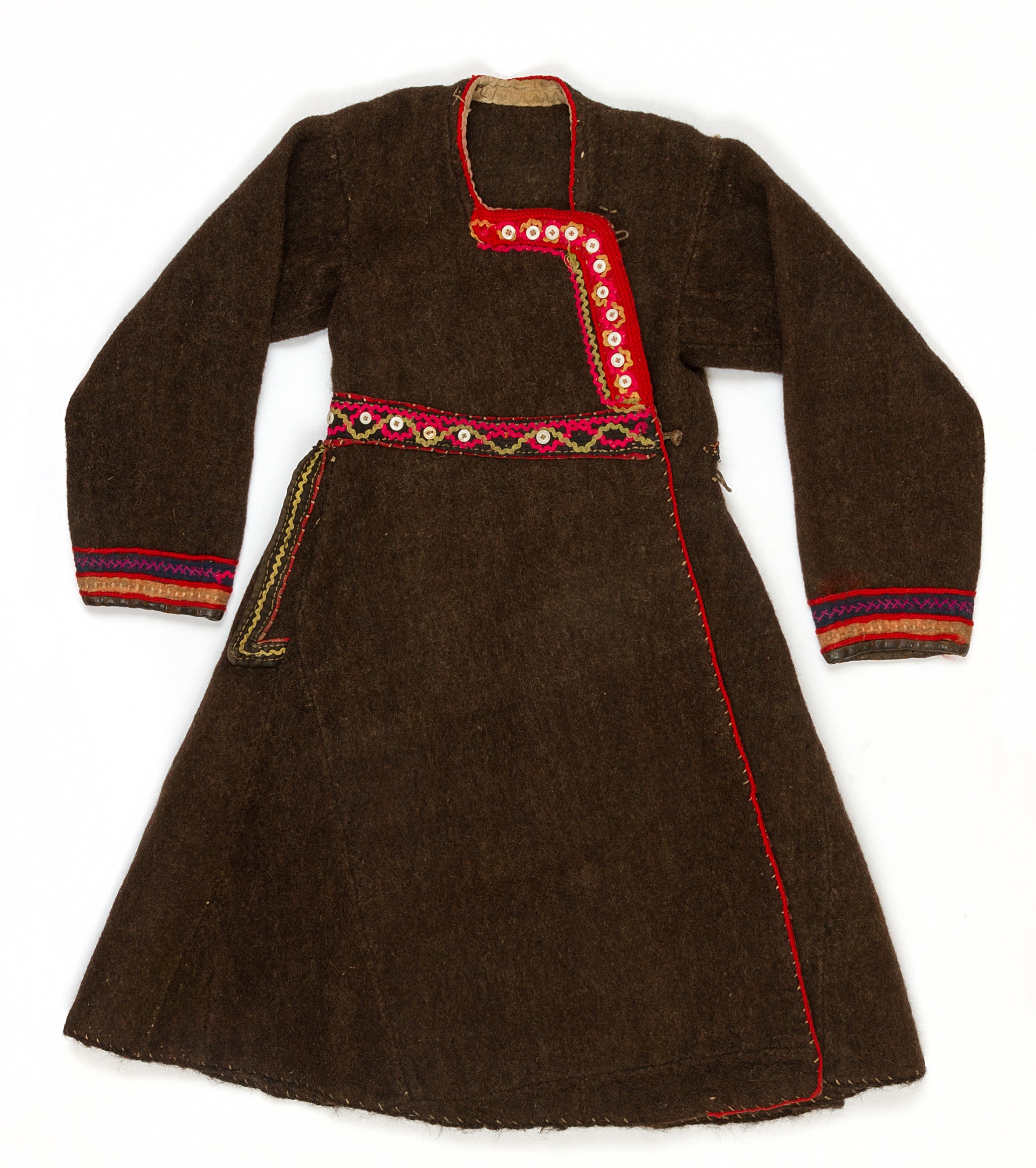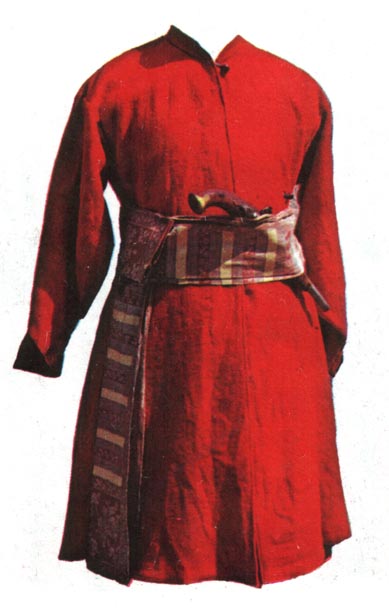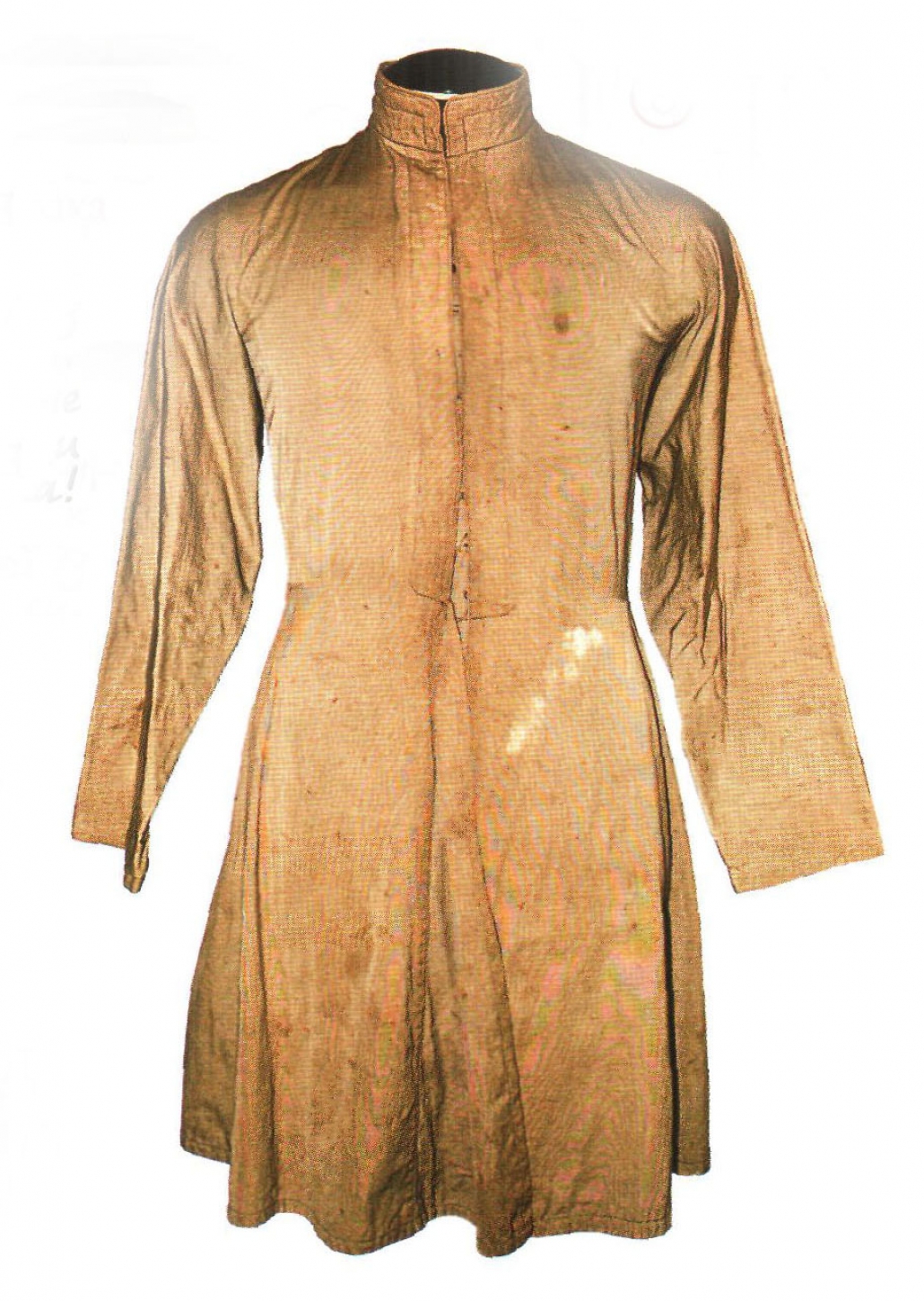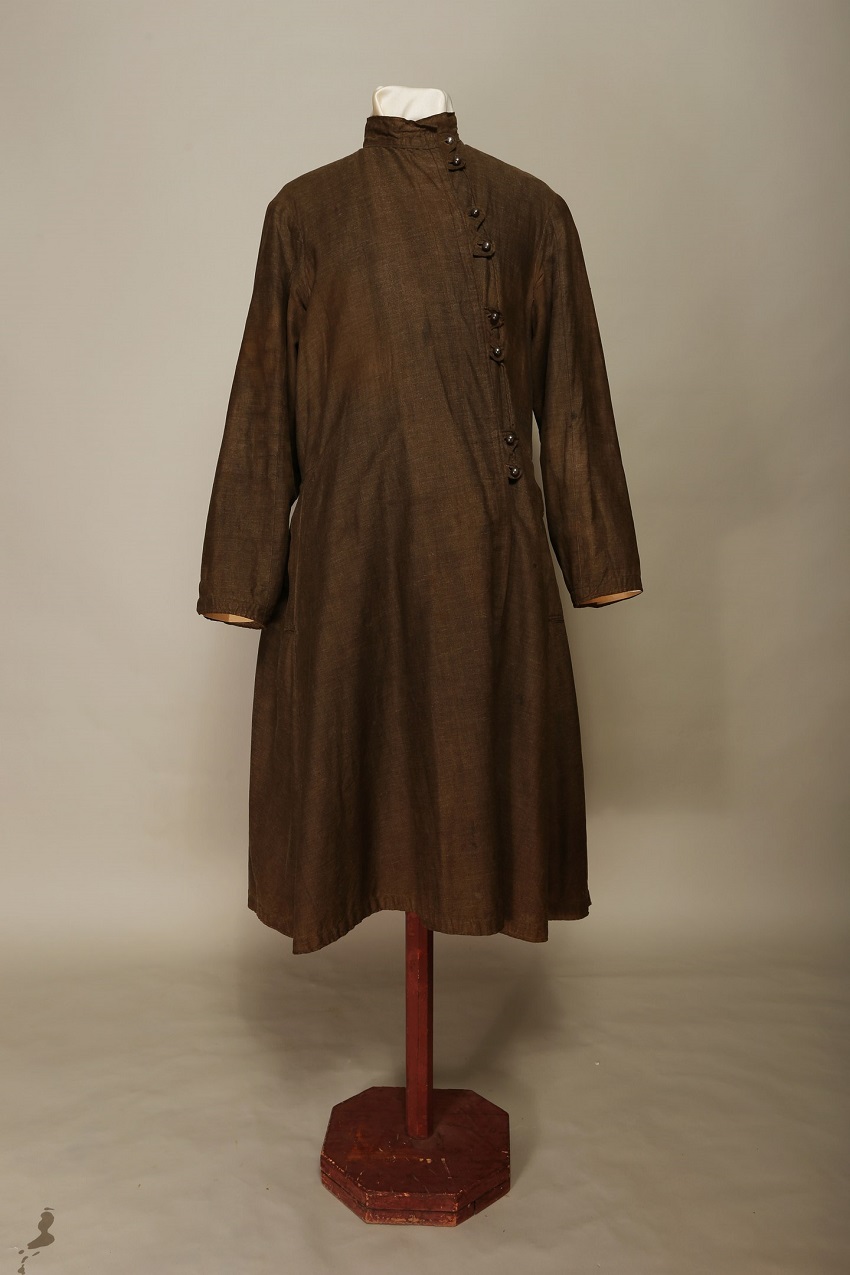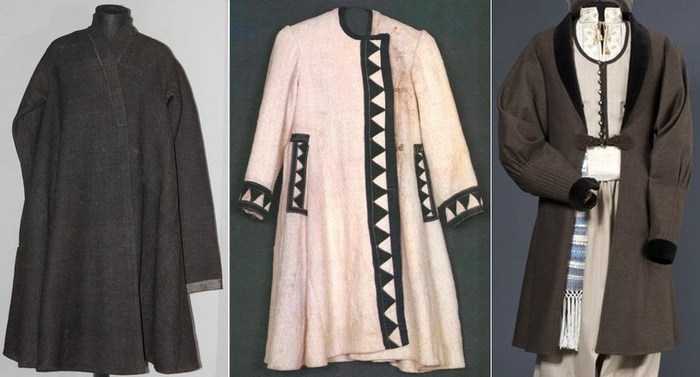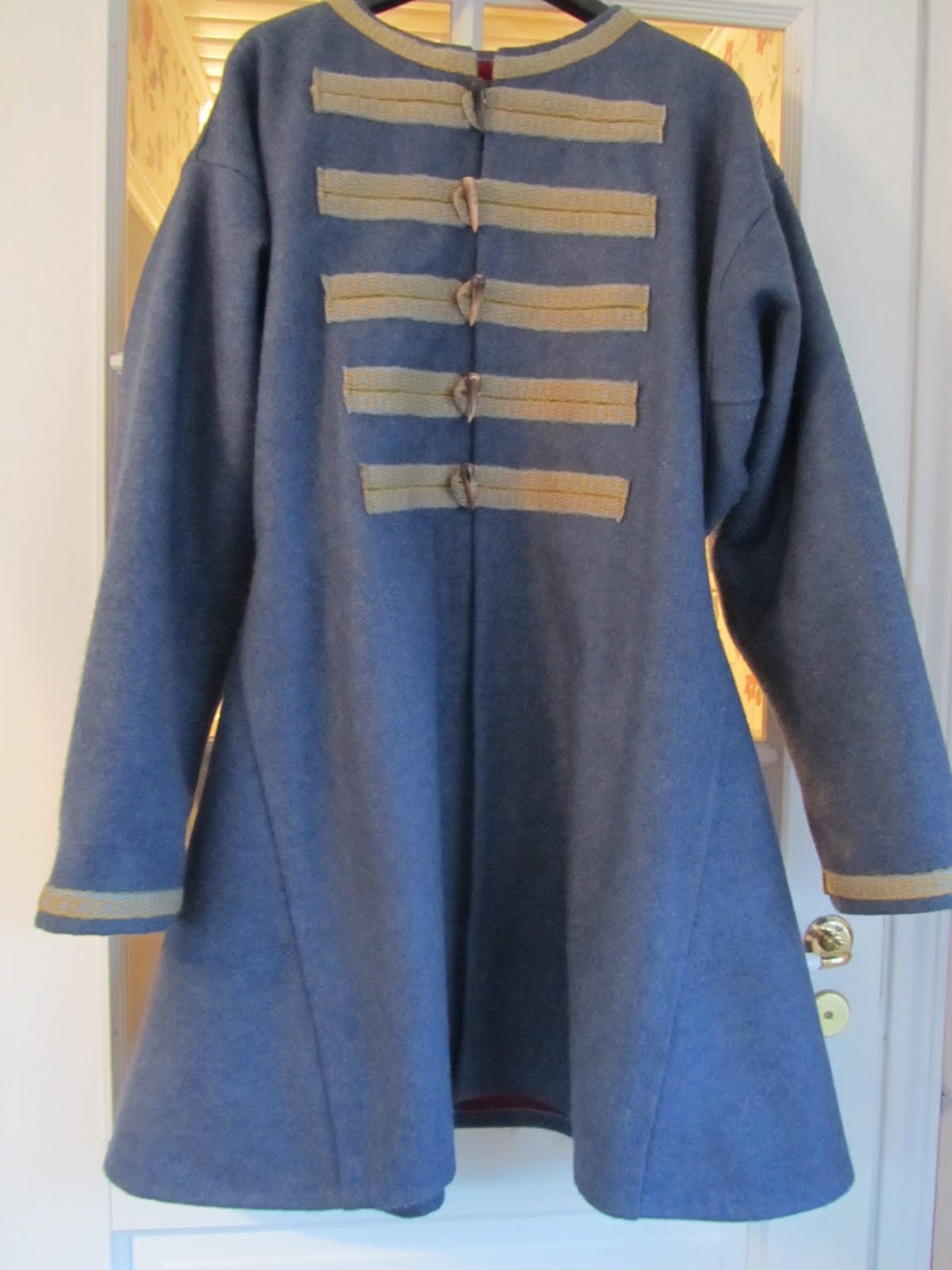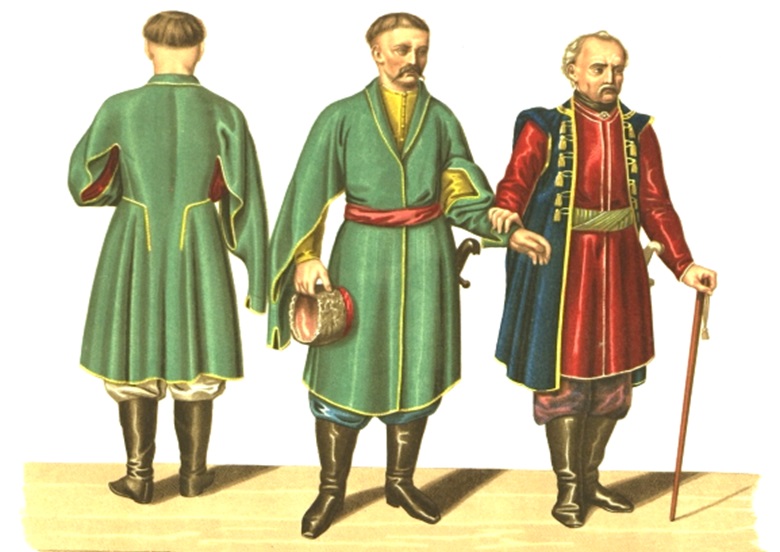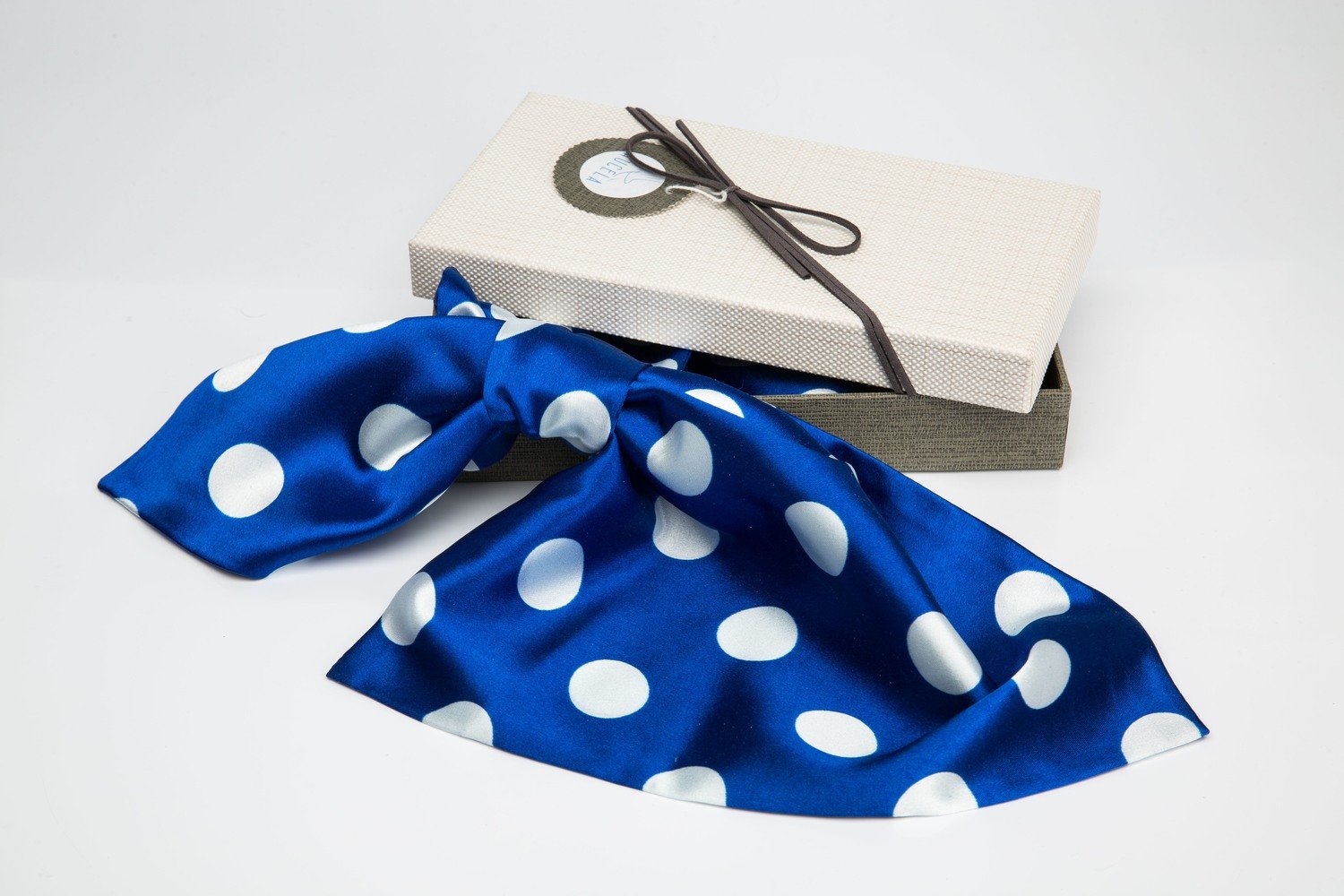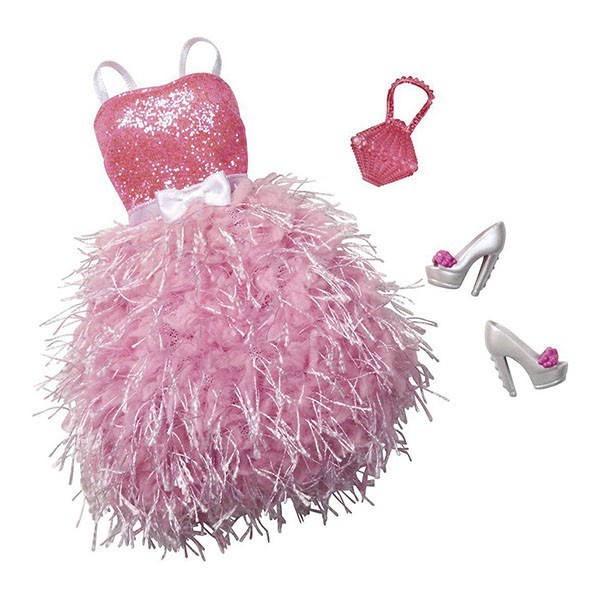The most common wardrobe item in the 17th-19th centuries was the zipun. It was worn by peasants and boyars, most often men, but there was also a female version. In addition, the cut and features of wearing changed slightly by the 19th century. But the fact that the zipun was a type of caftan that was worn over a shirt remained unchanged. It was made of cloth and was most often worn under outerwear.
What is it
The national Russian costume was comfortable, functional and practical. The main feature is multi-layering. By the end of the 17th century, the traditional outfit began to necessarily include a short, tight-fitting half-caftan with long, narrow sleeves (this is a zipun). It was a type of outerwear without a collar or with a small stand. The product was put on over a shirt, and a caftan or armyak was worn on top.
This must-have wardrobe item was used all year round. Characteristic features:
- It was sewn from cloth, peasants used ponitok - homespun material;
- the coloring depended on the purpose of wearing it; at home, undyed or simply bleached cloth was used, while festive options were bright;
- the seams were decorated with contrasting braid;
- This is a double-breasted garment that fastens from right to left;
- The fastening could be hooks or buttons with loops;
- the cut was loose;
- it has long narrow sleeves and wide hems, the length reaches to the knees;
- They were always belted with a sash - a belt, the ends of which were tucked in on both sides.
The distinctive feature of the zipun worn by the Don Cossacks was its coloring. It was bright red, often with a contrasting lining, for example, blue.
Features of the product in different historical periods
The zipun has been known since the 17th century. It is believed that its name comes from the Arabic word for jacket. Zipuns were worn in all regions. Due to the specific cut with a free back, they were worn by both men and women. But the wearing features changed at different times.
Pre-Petrine times
At first, the zipun was a home version of the caftan. It was narrow, often tight-fitting, knee-length, and had narrow sleeves. This cut allowed a caftan to be worn on top. The item was worn over a shirt, but it was considered indecent to go out in it or receive guests. This clothing was underwear.
The coloring was usually bright, often contrasting colors were used. For example, a green zipun with white sleeves or yellow with blue. In addition, they were decorated with bright braid along the seams. The fasteners could be contrasting. Usually these were from 4 to 8 buttons fastened with leather loops.
The zipun did not have a collar, but sometimes an embroidered collar was attached to it. Its type could be changed depending on the situation.
It is believed that this garment was worn instead of a vest. In the cold season, it was used to protect against bad weather. There were warm versions lined with fur from the inside. At that time, the zipun was a mandatory wardrobe item not only for peasants, but also for boyars.
Since the 18th century, such a caftan began to be worn mainly as outerwear. It was worn in spring and autumn. There were everyday and festive options. Over time, the product became wider.
Late 19th – early 20th century
By the end of the 19th century, the zipun had changed in cut. It had gathers on the sides or back, the flaps widened downwards, because it was used as peasant work clothes. Basically, it began to be worn instead of a caftan, as protection from bad weather. It was also sewn from cloth, but usually coarse, homespun. There was no collar, sometimes a small stand was made.
At that time, men were called zipunniks. But even women wore this item of clothing. They often put it on over their main outerwear during bad weather or on a long trip. For wearing on weekdays, the items were made of homespun cloth, usually white or gray. Sometimes, dark, that is, unpainted material was used. The festive variety was made of factory-made dark cloth, usually black or blue.
The zipun became a mandatory item of clothing for the Cossacks. It was worn under the beshmet. The edge of the garment was visible, so it was made bright, usually clove-colored. Sometimes it was decorated with a blue border and silk inserts. The popularity of such clothing was explained by its convenience when riding - small sizes and wide hems did not interfere or restrict movement.
Additional meaning of the term
In addition to the fact that the word "zipun" meant an item of clothing, it was used in another sense. It was used to refer to military trophies, booty. Cossack military campaigns were often called "a campaign for zipuns." This meant hunting for foreigners dressed in expensive clothes. They were then exchanged for ransom or for captured friends. In addition, "a campaign for zipuns" was any military operation by the Cossacks, the purpose of which was to obtain food. The most famous of such campaigns was the action of Stepan Razin's detachment.
The phrase "to get zipuns" was sometimes used to mean to rob. The word "zipunnik" was used to denote robbers, marauders. Often this was the name given to the Tatars who raided Don villages and made a living by robbing.
Zipun is an obsolete word, historicism. This is the name of a part of the national Russian costume, now such clothes are not used. But due to the fact that the thing was widespread since the 17th century, there are many references to it in literature. About what features there were in the cut depending on the class and region, you can learn from books or historical chronicles.
Video

